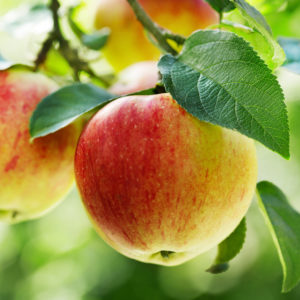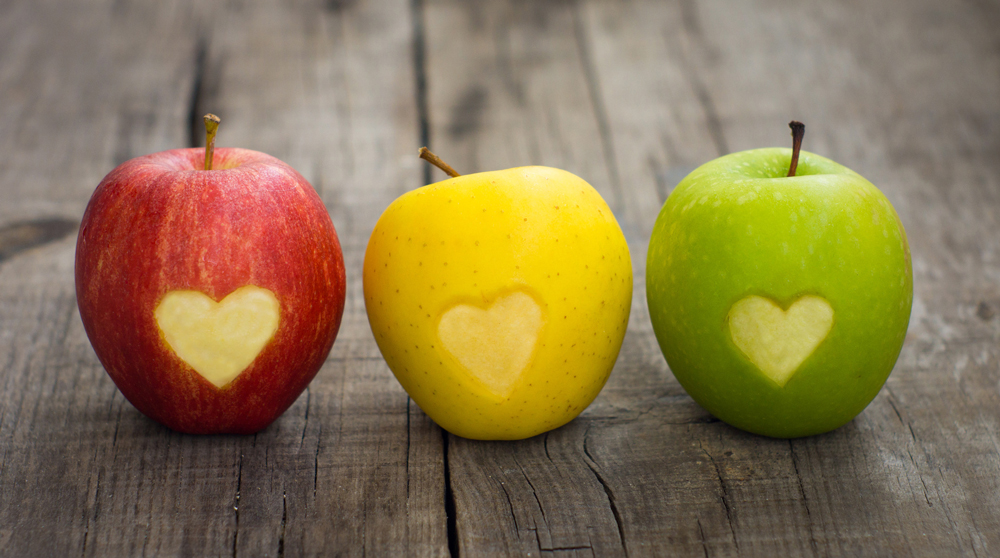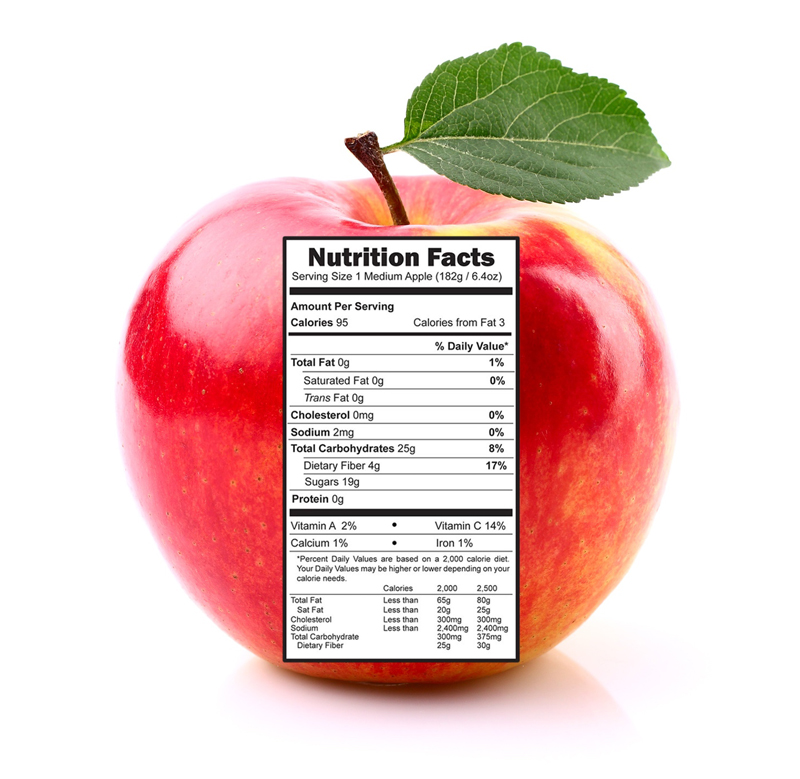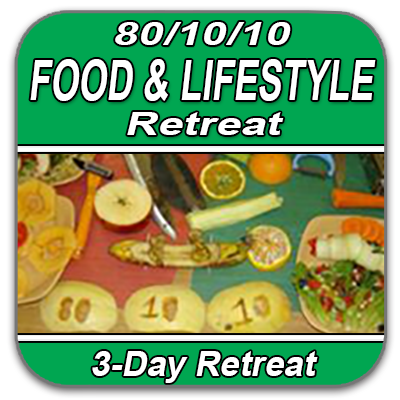
1 large apple (3.25inch in diameter) is 110 calories.
3% Fat, 96% Carb, 1% protein
The apple is the pomaceous fruit of the apple tree, species Malus domestica in the rose family Rosaceae. It is one of the most widely cultivated tree fruits.
Wild ancestors of
this tree can still be found in Asia where it most likely originated, and it is believed to be the first cultivated tree in the world. As early as 300BCE Alexander the Great brought dwarfed apples back to Macedonia from Asia Minor. There is archeological evidence that indicates apples were eaten by people in the Stone and Iron ages.
This fruit can be picked in late autumn and stored just above freezing. It has been an important food source in Asia, Europe, and Argentina for thousands of years, and in the United States after the Europeans introduced cultivated varieties in the 1600s. The apple is the leading species of the multi-billion dollar fruit industry in the US.

In the 13th century BCE, Ramesses II (Egyptian Pharaoh) ordered for apples to be cultivated in the Nile Delta region. Further, apples were also cultivated across the Rhine Valley region, and around 35 different types of apples were cultivated by the end of the 1st century CE. When the English colonists came to the US in the 1600s, they found only the crab apple variety. They also noticed that the orchards produced lower number of fruits because the number of honeybees were less. So they shipped apple tree cuttings, seeds and beehives all the way from England to the US in early 1622. Once the shipment arrived, the English colonists immediately started planting apple orchards.
Ingredients:
celery
green leaf lettuce
apple
walnuts
Directions:
Chop celery, lettuce and apple into small pieces and place in a large serving bowl together. Ground walnuts and add to the salad. Toss ingredients, and enjoy this crunchy salad.
Historians also mention about a man named William Blackstone, who brought a bag of apple seeds along with him from Europe into Massachusetts, USA. He is known to have planted apple orchards on Beacon Hill in Boston as well as Rhode Island. In 1632, the first governor of the Massachusetts Bay Colony, John Winthrop was gifted the Conants Island in Boston Harbor. In response to this generous gift, John promised to plant an apple orchard on the island and also pledged to give a fifth of the fruits produce every year to the governor, whoever he may be. By the 1640s, apple orchards were well established across the US.
The first commercial apple tree nursery, called William Prince Nursery was opened by Robert Prince in 1737 in the US. This nursery consisted of exotic varieties of plants and trees brought from across the globe, and were a prized nursery. In 1775, the Britishers (time of the revolutionary war) who occupied the Long Island, New York prized the nursery so much that they even went forward and appointed an armed guard to protect it. Further, in 1789, George Washington (first US president) along with the his vice president and some others visited the William Prince Nursery. However, George Washington was not impressed by the garden and stated that the shrubs in the nursery were trifled and the flowers were few.








